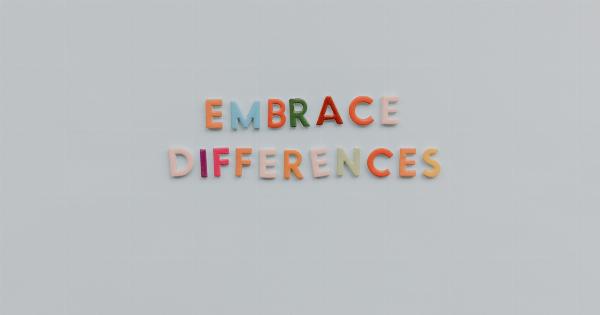Artificial fertilization, also known as assisted reproductive technology (ART), has revolutionized the world of reproductive medicine.
It has opened up a realm of possibilities for couples struggling with infertility, same-sex couples, and single individuals wanting to start a family. This innovative procedure has brought joy and hope to countless individuals and has indeed become a miracle for many. Let’s dive into the fascinating world of artificial fertilization and explore its various techniques and implications.
1. Understanding Artificial Fertilization
Artificial fertilization involves the manipulation of eggs, sperm, or embryos outside of the human body. This process allows for conception to occur without traditional sexual intercourse.
The aim is to facilitate fertilization and implantation, leading to a successful pregnancy.
2. In Vitro Fertilization (IVF)
One of the most well-known and widely practiced techniques of artificial fertilization is in vitro fertilization (IVF). IVF involves retrieving eggs and sperm from the intended parents or donors and fertilizing the eggs in a laboratory setting.
The resultant embryos are then transferred to the uterus, where they have the potential to implant and develop into a fetus.
3. Intracytoplasmic Sperm Injection (ICSI)
ICSI is a specialized form of IVF that is commonly used when male fertility issues are present. In this procedure, a single sperm is directly injected into the cytoplasm of the egg to facilitate fertilization.
ICSI has significantly improved pregnancy rates for couples dealing with male infertility problems.
4. Donor Egg and Sperm
For individuals or couples who are unable to produce viable eggs or sperm, donor eggs or sperm can be used. This allows them to experience the joys of parenthood.
Careful consideration is given to matching donors with recipients based on various factors such as physical characteristics, genetic history, and personal preferences.
5. Surrogacy
Surrogacy is another remarkable aspect of artificial fertilization that enables a woman, known as a surrogate, to carry and give birth to a child on behalf of another individual or couple.
This technique is often used by individuals or couples who are unable to carry a pregnancy to full term due to medical conditions or other complications.
6. Preimplantation Genetic Testing
Preimplantation genetic testing (PGT) is a groundbreaking advancement in artificial fertilization that allows for the screening of embryos for genetic disorders before they are transferred to the uterus.
This technology enables prospective parents to make informed decisions regarding the implantation of embryos, reducing the risk of passing on certain genetic conditions to their offspring.
7. Cryopreservation
Cryopreservation, commonly known as embryo freezing, is an integral part of artificial fertilization.
Excess embryos from IVF procedures can be cryopreserved to be used in subsequent cycles, allowing individuals or couples to preserve their fertility for future attempts at conception. This technique has greatly increased the success rates of ART procedures.
8. Ethical and Legal Considerations
The advent of artificial fertilization has brought with it a host of ethical and legal debates. Questions regarding the status of embryos, the rights of donors and recipients, and the potential for misuse of this technology arise.
It is essential for society to continually reflect on and address these concerns to ensure that the practice of artificial fertilization remains both ethical and responsible.
9. Psychological Impact
Artificial fertilization is a journey that can have a profound psychological impact on individuals and couples alike. The emotional rollercoaster of hope, anticipation, and sometimes disappointment can take a toll on mental well-being.
It is crucial for individuals and couples undergoing artificial fertilization to seek appropriate support throughout the process.
10. The Future of Artificial Fertilization
As technology continues to advance, the future of artificial fertilization holds immense potential.
Innovations such as the use of stem cells, mitochondrial replacement therapy, and gene editing techniques may reshape the landscape of reproductive medicine. It is an exciting time for ART, as researchers and scientists continually strive to push the boundaries of what is possible in assisted reproduction.






























